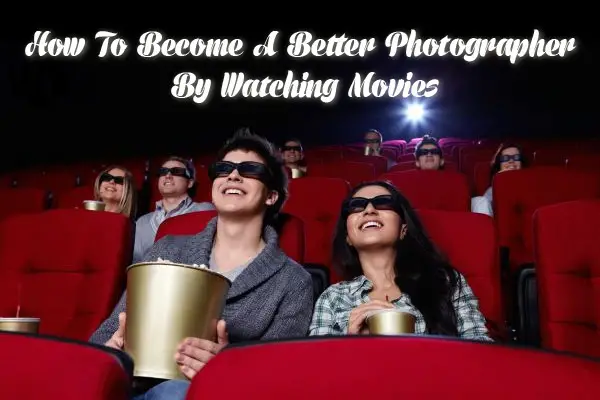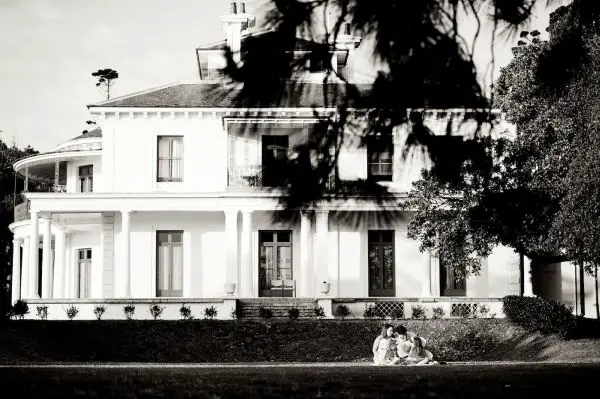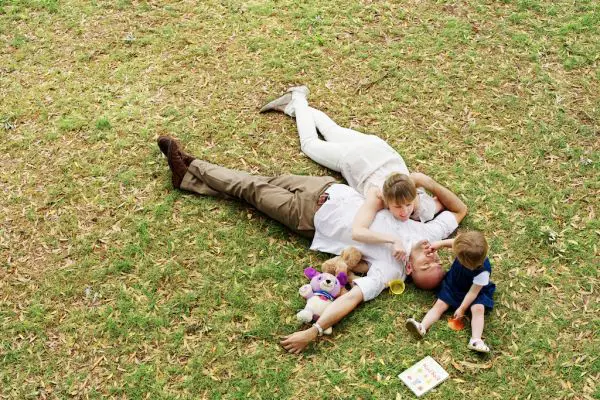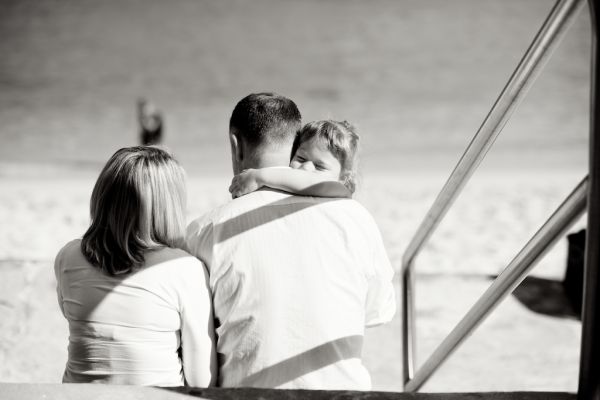I went to the movies to see Skyfall recently. As I sat amongst strangers, throwing popcorn into my mouth, it suddenly dawned upon me that what a movie, at its simplest, is just a big collection of photographs.
Consider this: a movie’s sole purpose is to tell a story. So the movie-maker’s job is to position his cameras, subjects and lights to create compositions, angles and look/feel in a way which powerfully communicates his story – moment, by moment, by moment.
Frame, by frame, by frame. Photograph, by photograph, by photograph.

You want to improve your photography? Forget about photography courses – go watch a movie! But first…
You have to remember – there’s nothing in the movie that’s accidental. Everything has been composed to communicate a piece of a story to you. Wow. Am I the only one who took so long to realise this?
Even though I shoot family photography, I often flick through everything from high fashion to advertising and wedding photography to get inspired and to learn. But I never though of learning about photography from movies.
My experience of Bond that night was very different to that of everyone else in the theatre. Truth be told, I need to go watch it again now to actually enjoy the movie – instead of trying to spot the technical detail and link it to the narrative.
So here are two main elements I was observing that night that I think it’s worth paying attention to any time you watch a movie.
1. Light
Of course. To photograph means, literally, “to paint with light”.

This makes it any serious photographer’s main tool (yep, it’s not your camera). And here are some of the questions I was wrestling with that night:
- How does light fall across people’s faces?
- How is shadow side used to create mystery?
- They’re not afraid of drowning faces in shadow, are they?
- How do they shoot in seemingly broad daylight like that?
- Where is the main light source, relative to the camera?
- Where are the other light sources located?
- What is the quality of light – and how is it used to communicate mood?

2. Angles / Compositions
I think that effective positioning of the camera relative to the subject is one of the most useful skills a photographer can learn.

All too often, the temptation is to see something interesting, freeze and begin to fire off frames from your usual eye level. A creative shot becomes one where you hunch forward a bit. And anything else that’s included in the frame is a result of an accident.
But what about asking yourself some of these questions:
- What is the angle of the camera relative to the subject? Why?
- What other elements (apart from subject) are included in the foreground / mid / background to support the narrative?
- Is the subject moving or stationary? Why?
- If there is more than one subject, why is one moving and the other one stationary?
- Crops: why not closer / not wider?
- Have you noticed other elements – smoke, rain, water, mist, haze, dazzling sun, dust? How are they being used to tie it all together?
- Movement of camera around a stationary subject: why?

In Conclusion
When I’m photographing, I tend to be quite dynamic: I’m constantly moving with the Sun, I’m bouncing in light with a reflector, I’m going wide, going narrow, often dropping down to the grass level and sometimes even climbing into an odd tree.
But this made me realise that there’s a lot of room there I haven’t explored yet. And it’s pretty exciting because it means I can learn from literally the best story-tellers in the world by watching their movies.
Best thing is, I can now go to movies and tell my fiancee that I’m going to work. Brilliant!
And what about you, have you watched any movies recently which stunned you with their photographic value? Your comments are welcome!









You must see Jumping the Broom. It’s a TD Jakes movie that was filmed in Martha’s Vineyard. From start to finish the scenes are breathtaking. The art of Cinematography is noted with this film. You can thank me later
Each Tarkovsky movie is a collection of precious photographs.
London Boulevard!
I would assume photographers are or should be more innovative in composition. People who are into the movie business should learn from photographers as well.
I think movies are more concerned with telling a story and how to tell it than in the way they shoot the story.